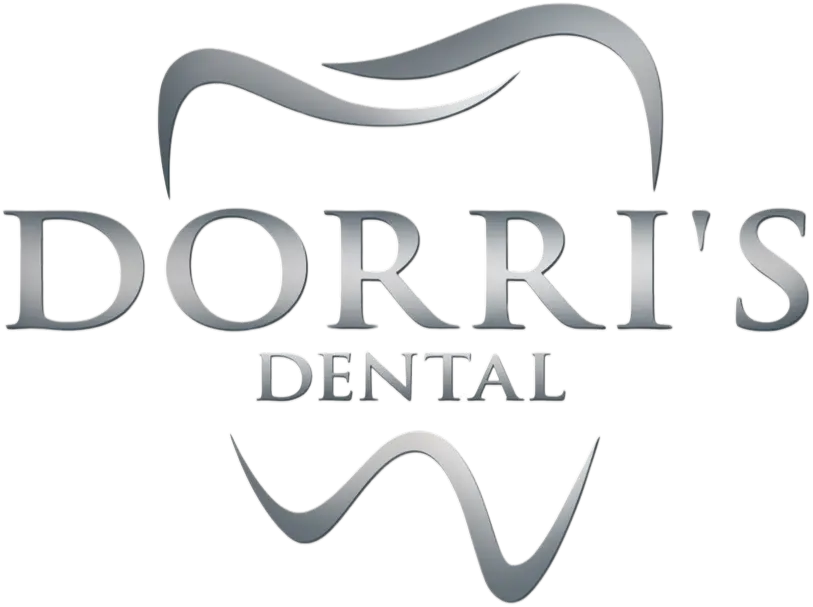“`html
Missing a tooth can be a real bummer, both for how you feel about your smile and how well you can chew your favorite foods. At Dorri’s Dental in Boynton Beach, FL 33436, we understand that finding the right tooth replacement option is key. You might’ve heard about dental bridges, and maybe even a cantilever dental bridge. Let’s dive into what that is and if it could be a good fit for you.
What is a Cantilever Dental Bridge?
Okay, so what exactly is a cantilever dental bridge? It’s basically a type of dental bridge that’s used to replace a missing tooth, but with a slightly different approach than a traditional bridge. Think of it this way:
- With a regular bridge, the replacement tooth (called a pontic) is supported by crowns on *both* sides, attached to your adjacent teeth.
- A cantilever dental bridge, on the other hand, is only supported by a crown on *one* side.
This means the replacement tooth is sort of “cantilevered” or sticking out from the supporting tooth.
How Does It Work?
Here’s a simplified look at how a cantilever dental bridge works:
- Evaluation: First, we’ll examine your teeth and gums to see if a cantilever bridge is the right solution. Schedule an appointment today.
- Preparation: The abutment tooth (the one next to the gap) is prepared for a crown. This usually involves reshaping it slightly.
- Impression: We take an impression of your teeth to create a custom bridge.
- Placement: The bridge, with the pontic and the crown, is cemented onto the prepared abutment tooth.
When is a Cantilever Bridge a Good Option?
Cantilever bridges aren’t always the best choice for every missing tooth situation. But they can be useful in certain scenarios:
- When there’s only one adjacent tooth available: If you only have a healthy tooth on one side of the missing tooth, a cantilever bridge might be considered.
- For teeth that don’t bear heavy chewing forces: These bridges are generally better suited for replacing teeth in the front of the mouth, where chewing forces aren’t as strong.
- As a less invasive option than an implant: If you’re not a candidate for a dental implant or prefer a less invasive option, a cantilever bridge could be an alternative. See Dental Implants vs. Bridges: Which is Right for You?
Pros and Cons of Cantilever Dental Bridges
Like any dental procedure, there are both advantages and disadvantages to consider:
Pros:
- Less invasive than implants: No surgery required.
- Can be faster than implants: The process is generally quicker than getting a dental implant.
- May be more affordable than implants: How Much Do Dental Implants and Bridges Cost: A Price Breakdown can help you see the numbers.
Cons:
- Higher risk of failure: Because it’s only supported on one side, there’s a higher chance the bridge could fail or put extra stress on the supporting tooth.
- Not suitable for all locations: As mentioned earlier, they’re not ideal for areas with heavy chewing forces.
- Potential for supporting tooth damage: The extra stress can potentially damage the supporting tooth over time.
It’s important to weigh these pros and cons carefully with us before making a decision. We also have offers and promotions that might help with the cost.
Cantilever Bridge vs. Other Types of Bridges
Knowing the difference between bridge types can help you feel confident in your decision. Here’s a quick comparison:
- Traditional Bridge: Supported by crowns on both sides of the missing tooth. A reliable and common option when adjacent teeth are healthy.
- Maryland Bridge: Uses a metal or porcelain framework bonded to the back of adjacent teeth. Less invasive, but not as strong as traditional bridges. Read more about What is a Maryland Dental Bridge?
- Implant-Supported Bridge: Supported by dental implants, providing excellent stability and longevity.
Care and Maintenance of Your Cantilever Bridge
Taking good care of your bridge is crucial for its longevity. Here are some tips:
- Brush and floss regularly: Pay extra attention to cleaning around the bridge and the supporting tooth. Check out How to Clean Dental Implants and Bridges Effectively
- Use a floss threader: This helps you clean under the pontic.
- Avoid hard or sticky foods: These can damage the bridge or put excessive stress on the supporting tooth.
- Regular dental checkups: See us at Dorri’s Dental for regular checkups and cleanings to ensure your bridge is in good condition.
FAQs About Cantilever Dental Bridges
Still have questions? We got you covered!
How long does a cantilever bridge last?
With proper care, a cantilever bridge can last for several years, but it might not last as long as a traditional bridge or an implant.
Is a cantilever bridge painful?
The procedure itself is usually not painful, as we use local anesthesia. You might experience some sensitivity afterward, but it’s generally mild and temporary.
How much does a cantilever bridge cost?
The cost varies depending on the materials used and the complexity of the case. We can provide you with a personalized estimate during your consultation. Don’t forget to check our insurance and financing options.
Can a cantilever bridge be replaced with an implant later?
Yes, if a cantilever bridge fails or you prefer a more permanent solution, a dental implant can be placed to replace the missing tooth. Check out Implants & Bridges for more information.
Are there any alternatives to a cantilever bridge?
Yes, alternatives include traditional bridges, Maryland bridges, dental implants, and removable partial dentures.
Ready to Learn More?
If you’re considering a cantilever dental bridge or any other tooth replacement option, we’re here to help! Contact Dorri’s Dental in Boynton Beach, FL 33436, to schedule a consultation. We’ll assess your individual needs and help you choose the best solution for your smile. We hope this helped you understand more about what a cantilever dental bridge is and if it’s a good choice for you.
“`
Book Your Next Appointment Below
Located on 12658 S Military Trl Suite 104, Boynton Beach, FL 33436, our detailed assessment ensures that all your dental needs are addressed.
Not Sure What You Need?





